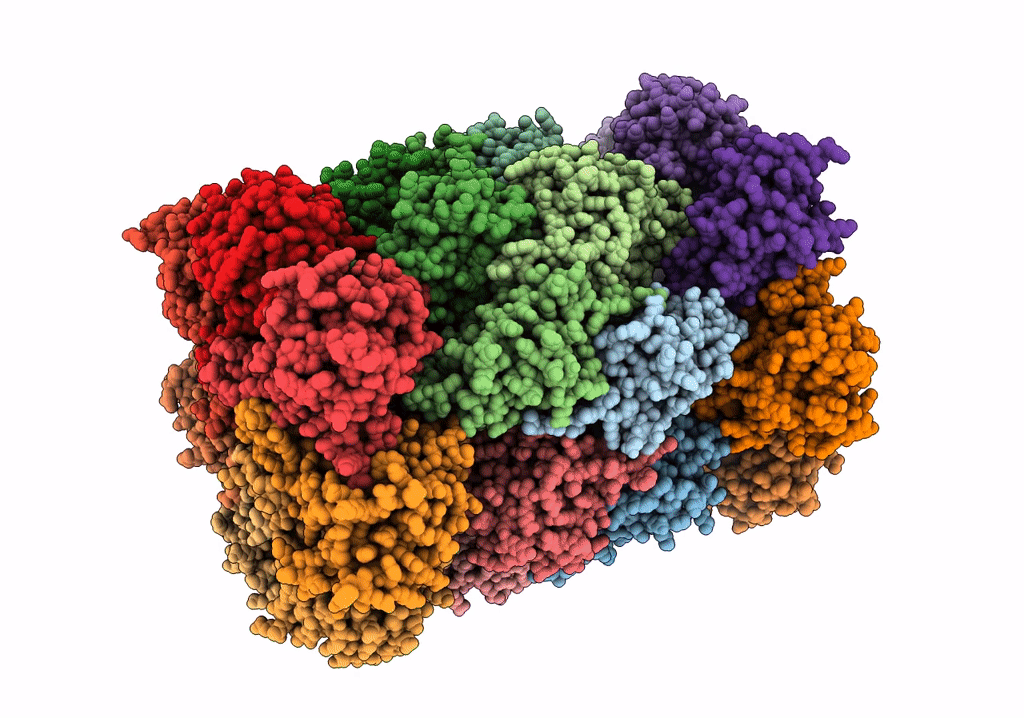
Deposition Date
2021-08-17
Release Date
2021-09-22
Last Version Date
2025-07-02
Method Details:
Experimental Method:
Resolution:
4.47 Å
Aggregation State:
PARTICLE
Reconstruction Method:
SINGLE PARTICLE


